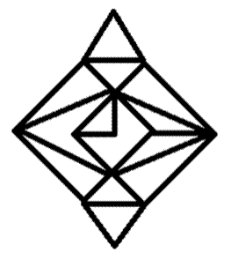Question
Fill in the blanks in the following sentences with
suitable adjectives and determiners. She has _____ clothes.Solution
Some" is a determiner used to indicate an unspecified but considerable quantity or amount. In this sentence, it suggests that she possesses an unspecified but significant number of clothes. "Any" is used in questions or negative sentences to refer to one or some of a thing or number of things without being specific about which ones. It doesn't fit well in this context where the statement is positive. "Much" is used with uncountable nouns to indicate a large quantity. However, "clothes" is typically considered a countable noun, so "much" is not appropriate here. "Latter" refers to the second of two things mentioned. It doesn't make sense in this context as there is no previous option mentioned to refer back to. Therefore, the correct option is (a) some: "She has some clothes." This indicates that she possesses an unspecified but considerable number of clothes.
Three different positions of the same dice are shown. Select the letter that will be on the face opposite to the face having the letter 'F'?
Three different positions of the same dice are shown. Find the number on the face opposite the face showing ‘4’.
How many triangles are there in the given figure?

Select the dices which can be formed by folding the given sheet along the lines.

According to the given picture, 6 letters A, B, C, J, K and L are printed on each surface of the dice.
Which letter will be marked on the opposit...

Few cubes are arranged as shown in the figure. How many cubes are unseen?
Study the following figures and find out the number opposite to 3.
Four positions of dice are given below. Which letter will be opposite to D?
Relevant for Exams:



